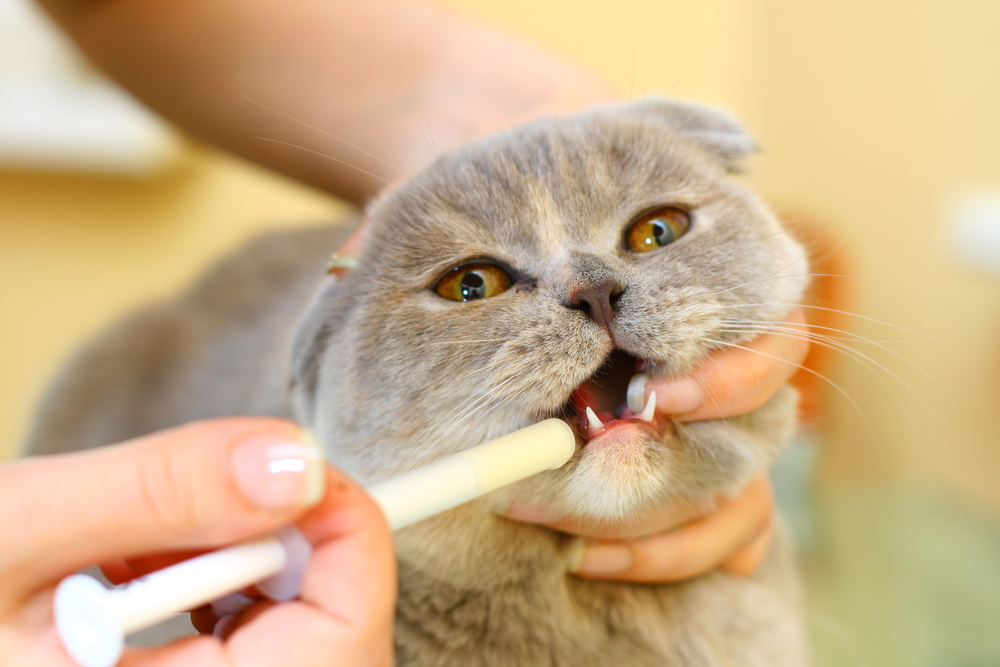
Diabetes mellitus, known as diabetes, is a chronic metabolic disorder affecting dogs, cats, and humans. It arises when the body either produces insufficient insulin or cannot effectively utilize the insulin it produces. Insulin plays a critical role in regulating blood sugar levels, which fuel cells across the body. Inadequate insulin leads to elevated glucose in the bloodstream, resulting in hyperglycemia and potential health complications if not managed carefully.
Types of Diabetes in Pets
In pets, diabetes is mainly classified into two distinct types:
Type 1 Diabetes (Insulin-Dependent Diabetes):
- This type occurs when the pancreas fails to produce enough insulin. It is more common in dogs than in cats.
- Causes may involve the autoimmune destruction of insulin-producing cells in the pancreas or a genetic predisposition.
- Dogs diagnosed with type 1 diabetes need ongoing insulin therapy throughout their lives to effectively manage their condition.
Type 2 Diabetes (Non-Insulin Dependent Diabetes):
- Type 2 diabetes occurs when the body produces insulin, but the cells develop resistance to its effects, resulting in an insulin deficiency.
- Treatment may involve insulin therapy initially, but some cats can be managed with diet, oral medications, and exercise.
- Type 2 diabetes is commonly found in cats, particularly those that are overweight or obese.
Signs and Symptoms
It’s essential to identify the signs of diabetes in pets early for prompt diagnosis and effective management. Typical symptoms include:
- Dehydration
- Weight loss despite maintaining a normal or increased appetite
- Increased thirst (polydipsia) and urination (polyuria)
- Lethargy or weakness
- Altered walking patterns, particularly noticeable in cats
- Urinary tract infections

Diagnosis and Veterinary Care
If your pet shows any of these signs, it’s crucial to take them to the veterinarian. Diagnosis usually includes:
- Physical Examination: Examining for indications such as weight loss, dehydration, and irregularities in the eyes, such as cataracts.
- Glycosylated Hemoglobin (A1c) Test: This test offers insights into your pet’s average blood glucose levels across a span of weeks.
- Blood and Urine Tests: These tests assist in monitoring blood glucose levels, detecting glucose in urine, and evaluating overall health.
Treatment and Management
Successfully managing diabetes in pets involves a comprehensive approach that includes:
- Dietary Management: It’s important to eat a balanced There are diabetic-specific pet meals available, and your veterinarian could suggest a diet high in fiber and complex carbohydrates to help control blood sugar levels.
- Insulin Therapy: Insulin injections may be necessary to control blood sugar levels in some cats and dogs suffering from type 1 Your pet’s veterinarian will decide on the right kind and amount of insulin for them.
- Exercise: Frequent exercise enhances insulin sensitivity and aids in the maintenance of a healthy weight in pets.
Prognosis and Long-Term Care
With proper care, pets with diabetes can lead long, healthy lives. Success depends on owners consistently following treatment plans, including diet and medication, and on how well the pet responds to therapy and manages any other health issues.
Preventive Measures
Although some diabetes risk factors, like genetics, cannot be changed, pet owners can take steps to lower the risk or delay onset:
- Keep a Healthy Weight: Obesity increases diabetes Feed your pet a balanced diet and ensure they get enough exercise to avoid gaining weight.
- Schedule Regular Vet Visits: Routine check-ups can catch early signs of diabetes and other health problems.
Conclusion
Diabetes in dogs and cats can be effectively managed through diligent veterinary care, medication, and lifestyle changes. Recognizing symptoms early, seeking timely veterinary care, and adhering to treatment advice can greatly enhance your pet’s well-being and lifespan. If you suspect diabetes in your pet, consult your veterinarian promptly for personalized diagnosis and treatment options. With proper attention, your beloved companion can lead a fulfilling life despite this chronic condition.
